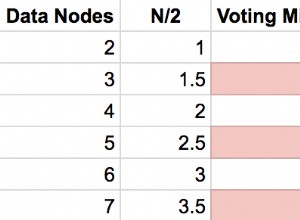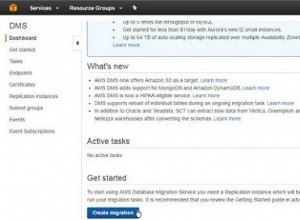const ModelIncrementSchema = new Schema({
model: { type: String, required: true, index: { unique: true } },
idx: { type: Number, default: 0 }
});
ModelIncrementSchema.statics.getNextId = async function(modelName, callback) {
let incr = await this.findOne({ model: modelName });
if (!incr) incr = await new this({ model: modelName }).save();
incr.idx++;
incr.save();
return incr.idx;
};
const PageSchema = new Schema({
id: { type: Number , default: 0},
title: { type: String },
description: { type: String }
});
PageSchema.pre('save', async function(next) {
if (this.isNew) {
const id = await ModelIncrement.getNextId('Page');
this.id = id; // Incremented
next();
} else {
next();
}
});




